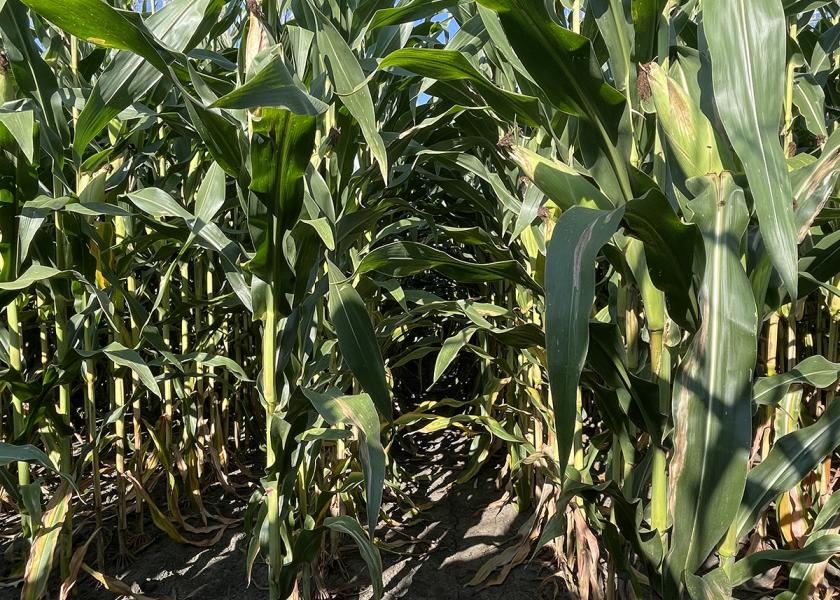Two Takeaways On Nitrogen Stabilizer Research

In 2023, Dan Quinn, assistant professor of agronomy at Purdue University, partnered with Corteva’s Nutrient Maximizer Sales Team on trials of Instinct NXTGEN nitrogen stabilizer.
“Nitrogen is a farmer's biggest investment in corn production, so we need to do everything we can to protect it,” Quinn said. “These initial trial results show that Instinct NXTGEN is doing what it’s supposed to — slowing the nitrification process and keeping nitrogen in the ammonium form for the corn crop to use.”
Treatments included 13 total treatments and four replications of each treatment including Instinct NXTGEN nitrogen stabilizer versus unstabilized. Both urea and UAN 28% fertilizer treatments were represented. Data was collected on: corn yield, plant nitrogen uptake and soil nitrogen availability.
Two preliminary takeaways include:
- The most significant yield differentiation came from the split application treatment test.
“Split applications with Instinct NXTGEN are where we saw the clearest yield response,” Quinn said.
Eighty pounds of UAN 28% were applied at plant and at about the V4 to V6 sidedress stage on both plots. One plot received a split rate of Instinct NXTGEN nitrogen stabilizer (12oz./A) with each application. The other remained unstabilized.
“The yield for the stabilized split application was 289.5 bushels per acre while the unstabilized plot yielded only 279.3 bushels per acre,” Quinn said.
Plots receiving nitrogen treated with Instinct NXTGEN nitrogen stabilizer yielded an average of 288.2 bushels per acre, while plots that received unstabilized nitrogen yielded an average of 285.5 bushels per acre.
2. Instinct NXTGEN nitrogen stabilizer delays the conversion of ammonium to nitrate following a nitrogen fertilizer application.
By extending nitrogen availability in the soil for up to eight weeks, Instinct NXTGEN nitrogen stabilizer helps ensure the more efficient form of nitrogen is available in the root zone when corn needs it most: during critical growth stages. This is especially important for high-performance corn hybrids that require up to 38% of needed nitrogen post-tassel. You can watch this video to learn more about how Optinyte technology works:
Soil nitrogen tests were taken in all test plots at four, six and eight weeks from planting. Samples were taken at depths of 0 to 6", 6 to 12 " and 12 to 24". In nearly all cases, the soil samples showed more nitrogen in the root zone in plots treated with Instinct NXTGEN nitrogen stabilizer.
“Preliminary research results suggest Instinct NXTGEN can delay the conversion of [nitrogen] fertilizer applied from NH4+N [ammonium] to N03- [nitrate] following application,” Quinn said.
This is important because ammonium is stable in the soil, whereas nitrate is unstable and more susceptible to loss below ground via leaching and denitrification — this helps lead to higher corn yield potential and prevents excess nitrogen being lost into the environment.
The nitrogen stabilization offered by Instinct NXTGEN nitrogen stabilizer was also found to be especially beneficial when applied prior to a rainfall event. “We started off with a very dry growing season but then had some significant rains later in July and August,” Quinn said. “It’s critical that nitrogen is protected whenever we have rainfall, even late into the growing season.”
When fertilizer is applied without a reliable nitrogen stabilizer, spring and summer rains will drive nitrogen lower into soil profiles, out of the reach of corn roots. “From looking at initial soil sample data, it’s clear that Instinct NXTGEN helped keep nitrogen within reach and extended nitrogen availability later into the season,” Quinn said.
Full results are forthcoming, and the partnership on this research will continue in 2024.







